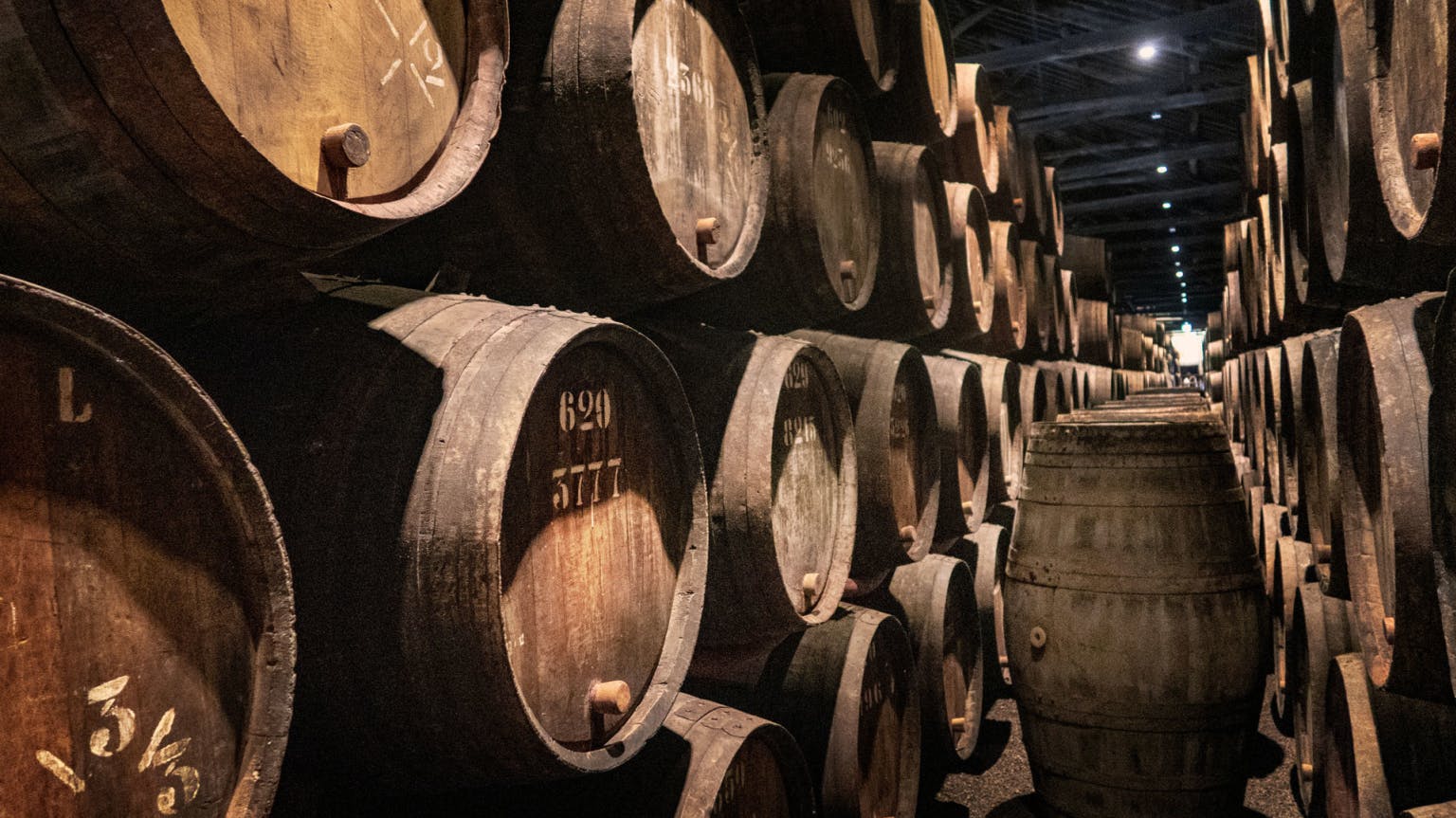Even before the briefing on the vintage from Adrian Bridge from Taylor Fladgate, Christian Seely from Quinta do Noval and Charles Symington from Grahams, on first tasting the wines it is clear there are completely different in style to the 2016s. Where the 2016s have elegance and finesse, the 2017s have intensity, power and opulence.
As Adrian Bridge explained, the decision for Taylors to declare the vintage wasn’t difficult to make for the 2017s. Being in the fortunate position to taste unreleased vintages side by side, they can compare and identify which one is better, which one best exemplifies the house style, but when tasting the 16s and 17s together, the profile of the wines were so different but equally impressive they felt there was no choice but to release both. The other houses felt the same and a General Declaration on the vintage was made.
The 2017 Port vintage
The vintage in a word revolves around “density”. In every aspect – dense colour, dense sinewy tannins and dry extract on the palate is incredibly impressive. The fruit to tannin ratio is especially small in this vintage and this is abundantly clear on the palate. The wines exude richness with layer upon layer of texture. It is a wine that is built to last decades and will be a fascinating comparison with the lighter-footed 2016s.
The key reasons for this profile lie in the weather. Whereas 2016 saw quite a bit of rain, 2017 in comparison was very much a drought vintage with very little rain for 11 months of the year. This saw the vines produce very small berries with a high skin-to-pulp ratio. As Charles Symington said, 15-20% more actual fruit was required in 2017 just to fill the lagares (tanks) compared to a normal vintage.
The concentration was balanced by a beautiful acidity which particularly shone through in the old vines that coped much better with the drought conditions – their extensive root systems finding water when needed. The drought combined with the small berry fruit, saw an overall reduction in yield by around 20%. There were times during the season when all three admitted concern for the drought. A storm in early July bought some much-needed rain which helped push through the phenolic ripeness. As it came close to harvest Charles realised something very special was developing in the vineyards.
Tasting the Port wines
On tasting the wines it is true the density in the best examples is quite profound. The colour of some of the wines – Graham’s a classic case in point - is quite extraordinary. I have never seen a glass stain with so much colour when swirled in the glass. The concentration, extract and textures on the palate, together with the fine, sinewy and resolved yet incredibly dense tannins, provide a wonderful layering on the palate.
Whilst some perhaps lack the floral lift and elegance of their 2016 counterparts, the best examples offer something truly profound. They also retain an all-important balance and freshness from acidity. The standout wines have incredible depth on the palate and clarity of fruit combined with a huge spectrum of flavours from small berry fruit to licorice, pine, graphite, grilled herbs, ferrous minerality, dried spice and dried fruit extracts whirling together in an incredibly complex wine.
Why should you buy the 2017 Ports
The wines offer a very different flavor and structural profile to the 2016s. To watch these age side by side and to compare through the decades will be a fascinating epicurean journey.
The wines are intense, well balanced and will develop over many years. These wines are built to last and will easily see in their 50th birthday.
Scores that have currently been released so far (James Suckling) are very high with Graham's “Stone Terraces” being awarded 100 points. Whilst they all carry the signature density of the vintage there is plenty of variety in the vintage from house to house.
Many people missed out on the 2016s with demand for Vintage Port currently outstripping supply. Buying 2017s en primeur will for many of these wines be the only chance to buy these wines at their release price.

